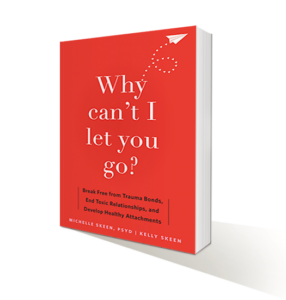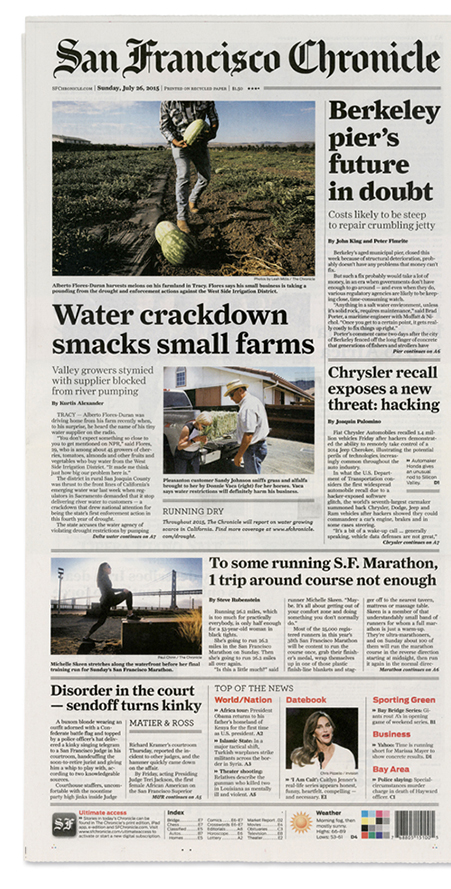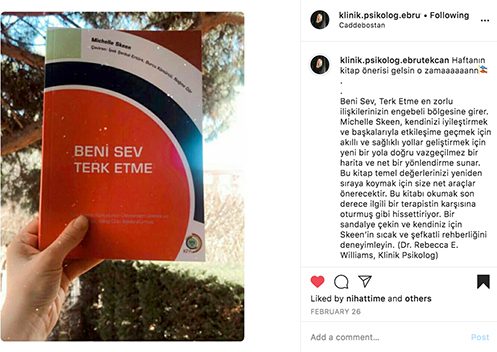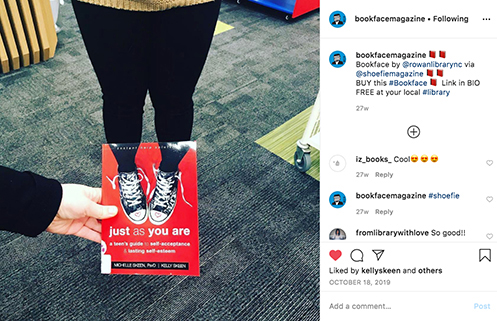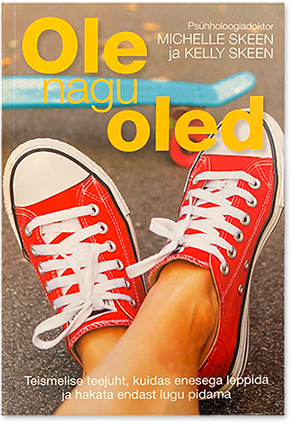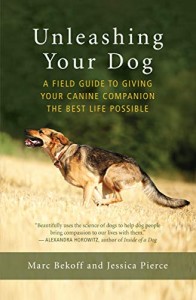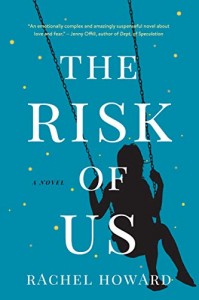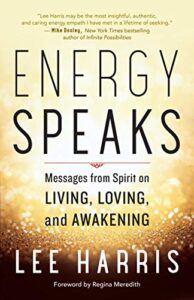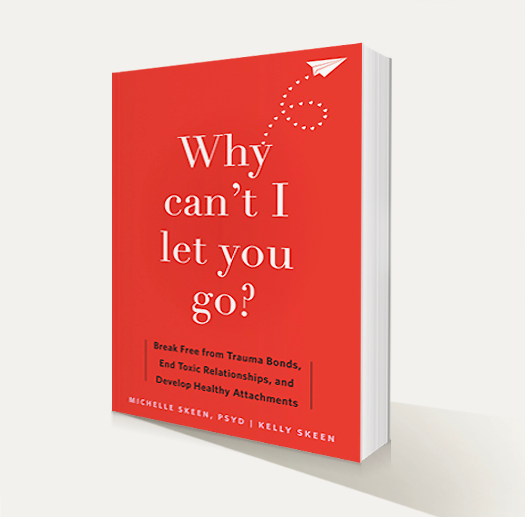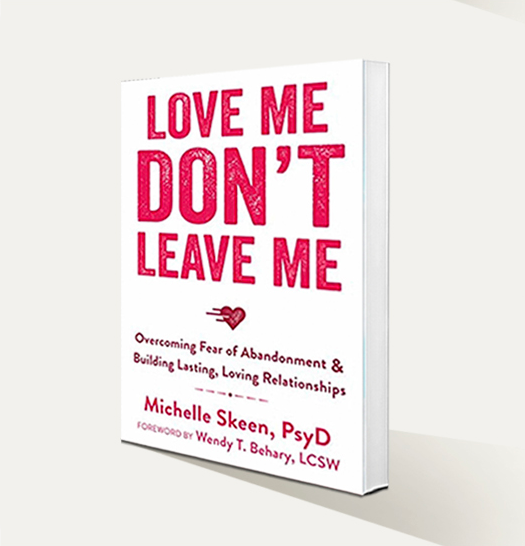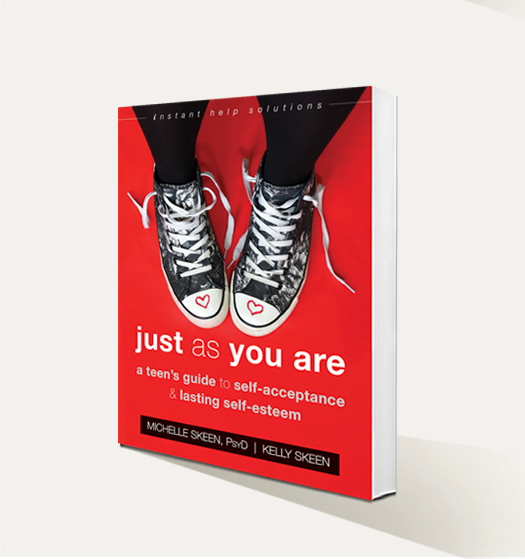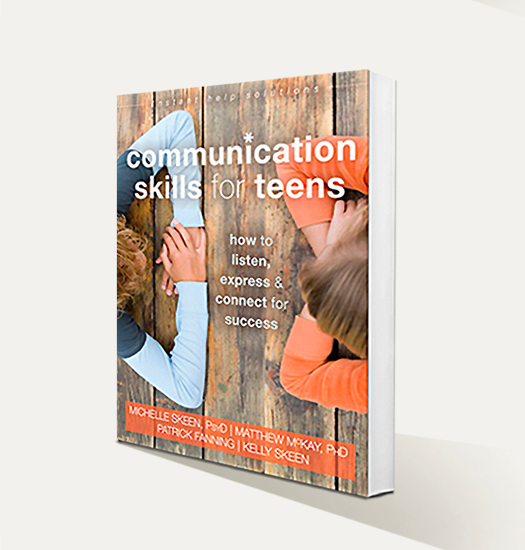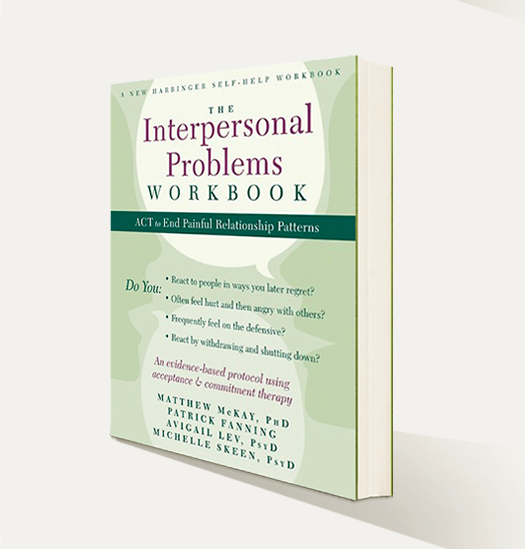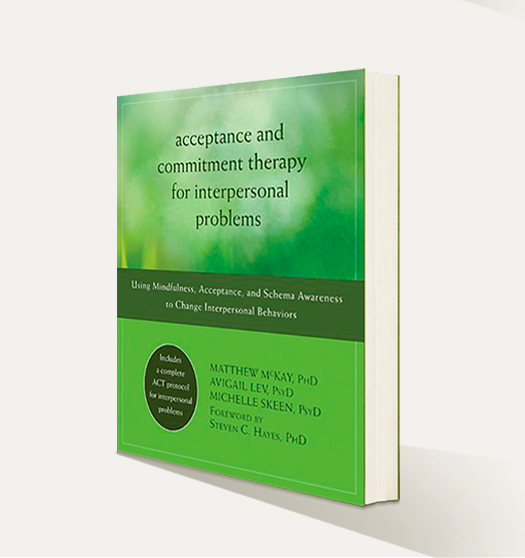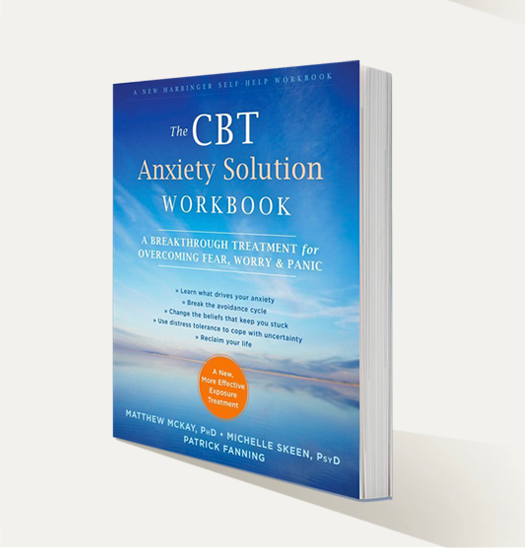Yes, pretending to be a burping, low-maintenance, “one of the guys” hottie will land you a boyfriend. But will it make you lose yourself?
“Being the Cool Girl means I am a…woman who adores football, poker, dirty jokes, and burping, who plays video games, drinks cheap beer, loves threesomes and anal sex, and jams hot dogs and hamburgers into her mouth…while somehow maintaining a size 2, because Cool Girls are, above all, hot. Hot and understanding.…Go ahead, shit on me, I don’t mind, I’m the Cool Girl.”
If you haven’t read or seen Gone Girl, don’t worry—I’m not giving away spoilers; I’m just sharing one of the best passages in the book. Gillian Flynn’s best-selling novel, now a film directed by David Fincher, isn’t just a sharp page-turner. It’s a manifesto about how conforming to the archetype of the Cool Girl (or Chill Girl) is a troubling trend among young women. Being a Chill Girl is all about faking it: Chugging beer when you’d prefer a Riesling, pretending to be into baseball playoffs when you’d rather be watching Real Housewives, disowning conventional girliness in public but drooling over Pinterest braids in private. Alas, playing the Chill Girl is the most effective hack into Dude World short of literally being a human blow job.
Just to be clear, plenty of girls are actually chill. They have tons of dude friends, they’re not invested in the person they’re casually sleeping with, and they like sports and beer. But they’re naturally chill girls, not Chill Girls, who are twisting themselves into repressed, self-loathing woman-pretzels to come off that way. I know this because I spent three years pretending to be one. And once I was actually in a good relationship, my Chill Girl routine almost ruined it.
So, why do twentysomething women fake it? “We have a lot of pressure to be independent, and somewhere down the line, that made us believe that we shouldn’t need ‘traditional’ relationships,” says Emily, 26, a screenwriter in L.A., who was a Chill Girl for six months while dating an unavailable man. “I think I was trying to convince both him and myself that I was sexually and emotionally relaxed enough to have just a fuck buddy.”
Sarah, 27, a comedian, calls it “bro-ing it up. You’re the best of both worlds to a certain type of guy.” Specifically, the kind of guy who pigeonholes women into sexist categories (Chill Girl vs. Needy Girl). “You’re a girl who can hang and also bang…but without the title of girlfriend. It absolves the guy of any obligations. No airport pickups, no meeting parents. It’s like catnip for the man-child.”
Twentysomething girls are particularly prone to the Chill Girl masquerade, says Michelle Skeen, PsyD, therapist and author of Love Me, Don’t Leave Me: Overcoming Fear of Abandonment and Building Lasting, Loving Relationships. By the time you’re in your 30s, you’ve found your identity and developed self-compassion. In your 20s, you’re still trying things on. “When you do play this role and get positive feedback [from men], that feels good for a while,” says Skeen. “It’s not intentionally manipulative—it’s more like a quiet desperation. But it’s not good for women and it’s not good for relationships.”
In the three years I was one and off with my ex—let’s call him Dave—I went from a confident, intelligent person to a fake, crass fembot who ran on $3 PBRs and low self-confidence. I binge-drank, talked shit about other women, and constantly reaffirmed my status as the exception. I’m not like other girls—I can come from anal sex! I drink whiskey straight! I hate shopping! Oral sex and feelings went unreciprocated—because I refused to let on that I wanted either returned. The more I pushed down my own needs, the more reckless my behavior became. As my best friend, Julie, describes it: “We’d get brunch, and you’d be like, ‘I’m fine, this is what I want,’ and it made me want to cry.” How did she know I was lying? I asked. “I’m your best friend, you asshole. Also, you lost a lot of weight and drank too much.”
This is par for the course for Chill Girls, explains Skeen. “Even if you know on some level that he doesn’t really care about you but he likes you in that moment, it’s intoxicating. And then there’s this huge hangover when you realize, He has no idea who I am. I’m not known or understood. That results in a lot of self-destructive behavior, like binge-drinking, eating issues, and shopping addiction, to distract yourself from the fact that none of your needs are being met.” As my drinking and recklessness spiraled, Dave and I split for good. Neither of us could keep denying how bad he was for me—rather, how bad I was for myself around him.
Anna S., 33, a now-married copywriter in New York, became a Chill Girl when an ex-boyfriend requested an open relationship. “I was so far into this I-don’t-care-do-whatever persona that I couldn’t even tell that it was completely destroying me inside. I actually tried to hook him up with a good friend of mine. [The Chill Girl] just totally lets guys off the hook.”
Greg, my now-boyfriend, made it clear from the beginning that my needs wouldn’t scare him away, but even in my new, healthy relationship, I couldn’t relax and be myself.
On our first few dates, in order to show him I’m not one of those Salad Girls, I pounded heavy dinners like Guy Fieri and wound up in pain afterward every time. He eventually had to reassure me that liking kale salad doesn’t indicate that I wear opera gloves when I give a hand job. I pretended I hate-watched Sex and the City, when in truth I love it earnestly to the point of being deranged. When he asked questions like ” Do you want me to spend the night?” or “Do you need me to come over?” I’d want to say yes, but the incessant chant in my head of BE CHILL, BE CHILL YOU CRAZY, NEEDY HAG stopped me. Because I’m not one of those girls. You know, humans.
Once the Chill Girl’s booted up, how do you de-program her? Anna S. broke the habit when she began dating her now-husband. “With my ex, I felt like I wasn’t allowed to want a vanilla, monogamous relationship—but when my husband didn’t judge me for wanting it, I realized that was an okay thing to want.”
Greg was patient with me after I explained that my Chill Girl tics would be hard to shake. (Patience is necessary when you have a girlfriend who says things like “Maybe we should do something for Valentine’s Day, but I mean, never mind, we don’t have to. I’m not one of those girls who’s, like, obsessed with Valentine’s Day.…We could just do something super low-key, like go to a cheap restaurant or roll around in garbage or whatever, haha!”)
His breaking point finally came when I needed an escort home after a minor surgery and he couldn’t make it. I was upset, but Chill Girl texted back: “No worries.” He didn’t buy it. “Just tell me if you’re mad at me,” he said. “This isn’t a battle of who gives less of a shit.” I realized then that Chill Girl actually bored him—he was trying to see past her because he actually liked me. I’d never had that kind of security with a guy before. I no longer needed Chill Girl armor to weather my relationship. It didn’t happen overnight, but after a few months of happiness and stability, I finally shook her off.
Ultimately, you’ll either eventually shed Chill Girl due to sheer exhaustion and lose the guy who fell for her or go in for the long con. And are you really willing to pretend you love degrading porn and beef jerky until death do you part? Just like faking orgasms will sabotage your chances of a real one, faking a personality will only result in a relationship that doesn’t make you happy.
“It’s ironic,” Emily says. “Because I do like comic books and beer. But first and foremost, I’m a woman who knows what she wants and isn’t afraid to admit that that includes some goddamn chivalry.”
This article was originally published as “What Happens When the Chill Girl Falls in Love?” in the November 2014 issue of Cosmopolitan.
Read it on cosmopolitan.com
